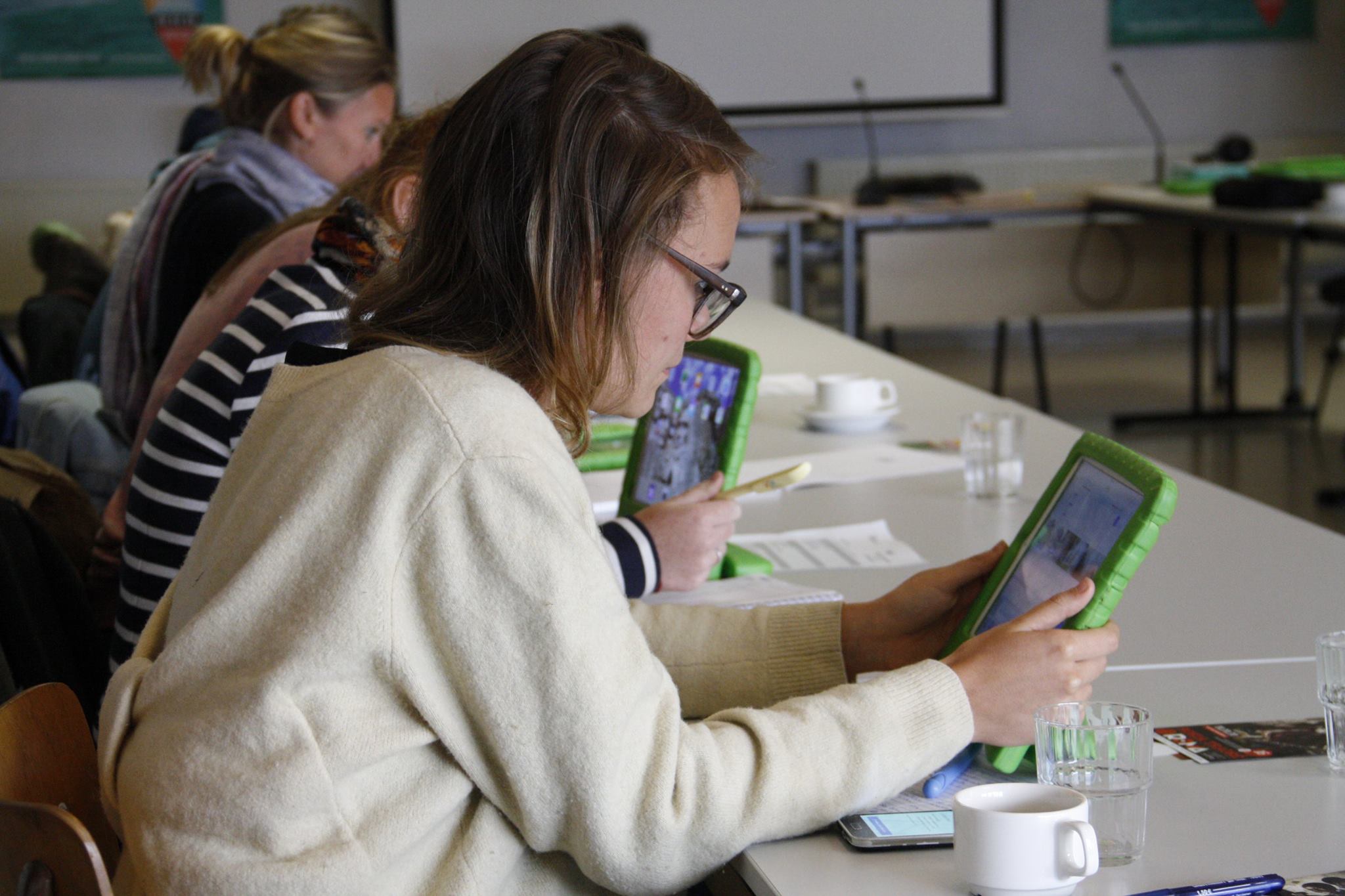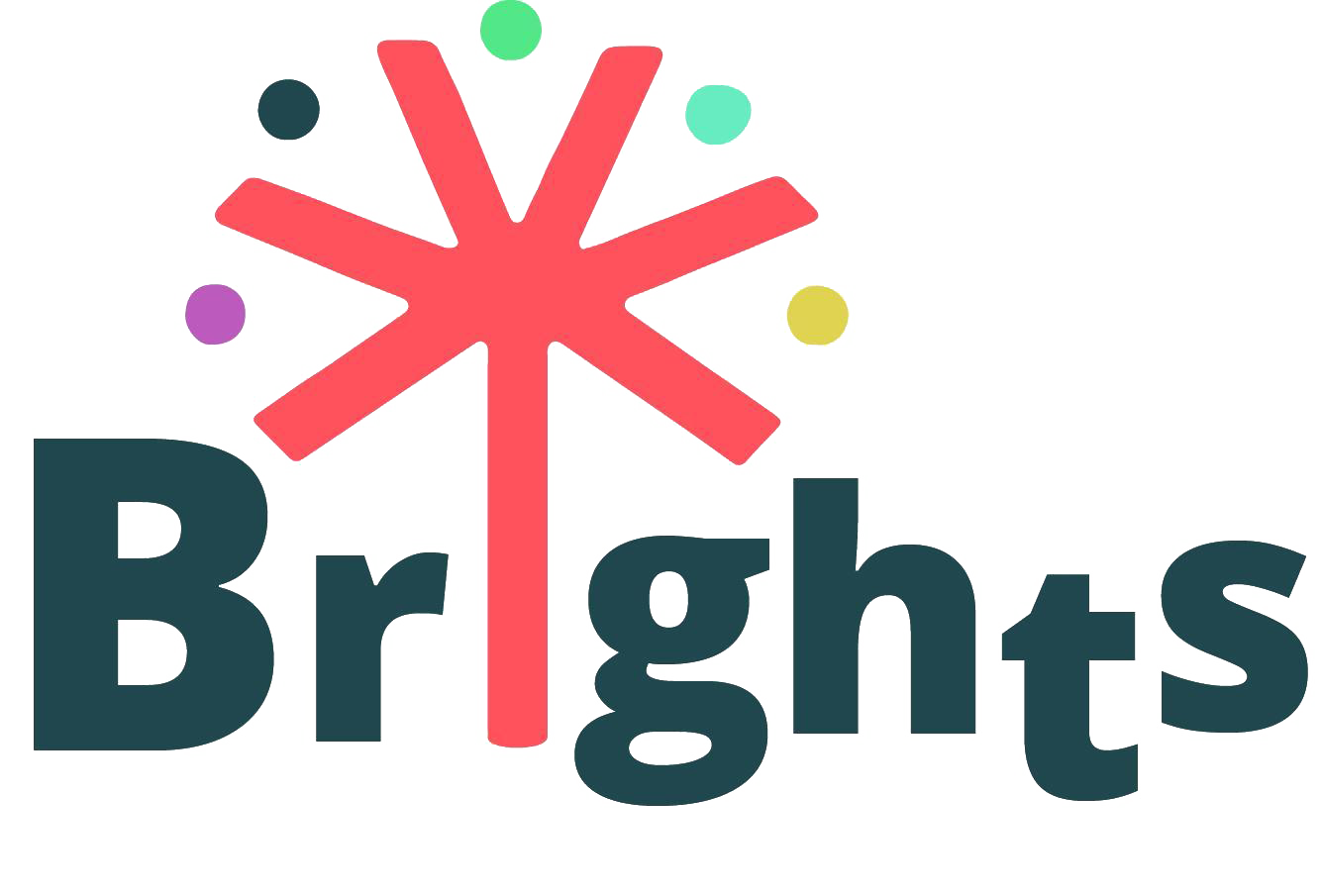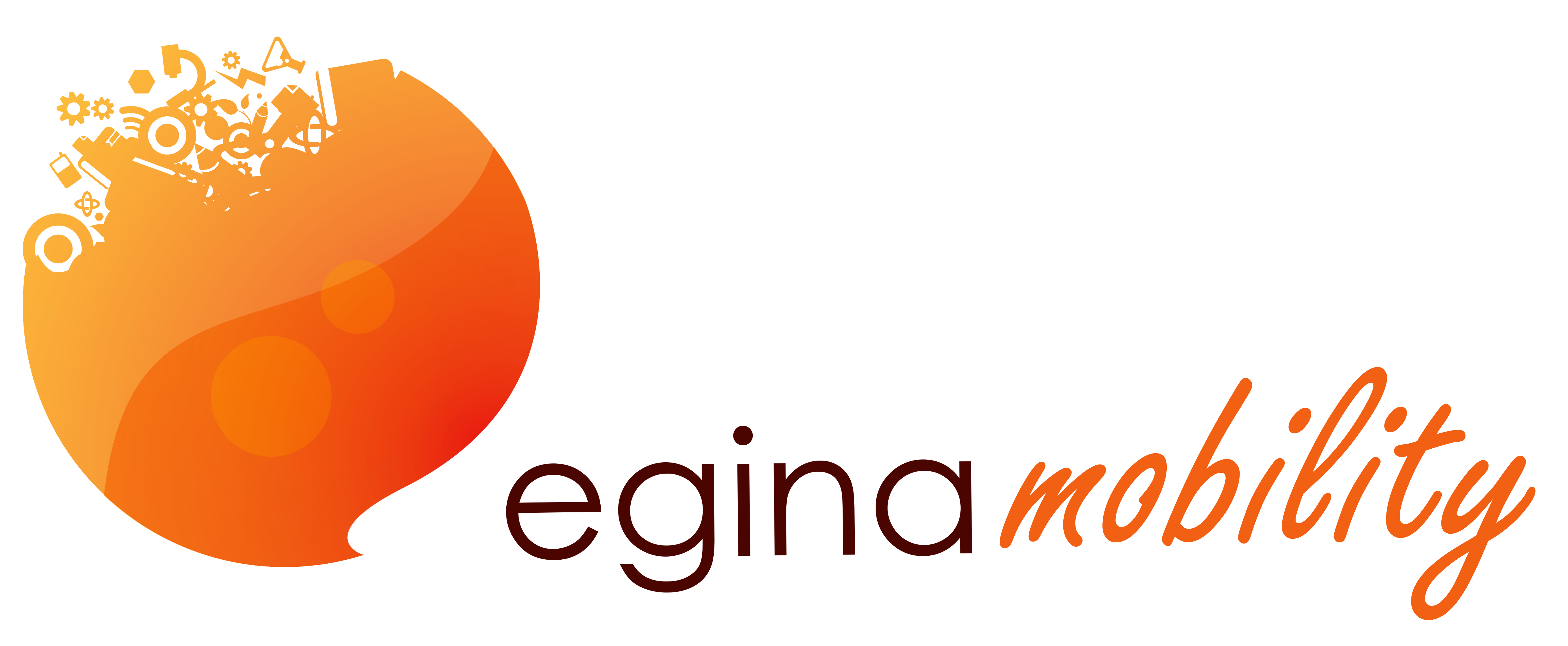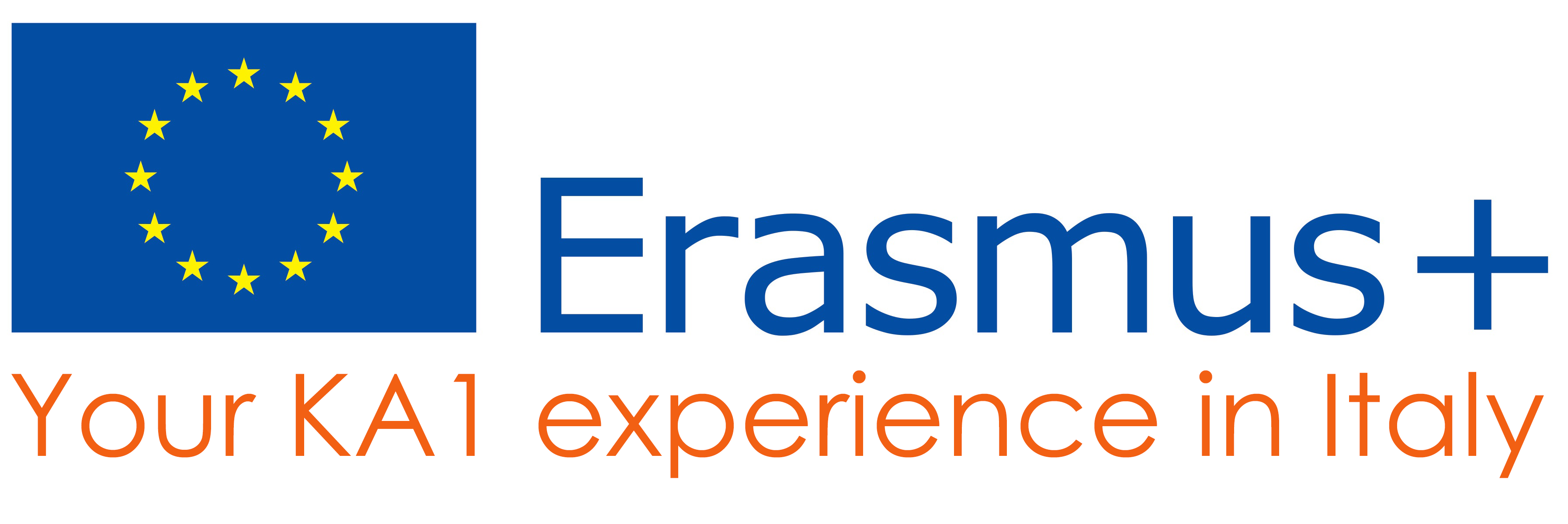METHODOLOGY
The aim of the training course is to provide secondary school teachers and trainers working with young people aged 13-19 with a specific methodology to implement Global Citizenship Education using Digital Storytelling technique both in schools and in non-formal educational contexts.
The course aims to respond to crucial training needs that are emerging among young people, such as intercultural and cross-cultural skills, critical thinking, collaborative and project-based learning, creativity and digital literacy.
The course will be delivered in blended modality and consists of two different phases:
- Online training: a self-paced online course of 20 hours to be completed before the international mobility
- Face-to-face training:
- seminars (20 hours) to refresh GCE and
its relevance for formal and non-formal education,
presentations on Digital Storytelling methodology and tools,
practically experimenting crucial phases and instruments - hands-on workshops (20 hours) directly involving local youngsters in the production of digital stories on global challenges including sustainable development and lifestyle, social inclusion and cultural diversity, gender equality, peace and human rights, active citizenship and democracy.
- seminars (20 hours) to refresh GCE and
LEARNING OUTCOMES
- analyse GCE opportunities for formal and non-formal education;
- use digital storytelling in the classroom/group;
- plan a digital storytelling workshop;
- experience one concrete tool to facilitate the story-circle;
- being engaged to use digital storytelling in the classroom.
PROGRAMME
All our courses are offered in a basic (6 days – 20 hours) or advanced edition (12 days – 40 hours).
BASIC COURSE
DAY 1
DAY 2
DAY 3
DAY 4
DAY 5
DAY 6
ADVANCED COURSE
DAY 7
DAY 8
DAY 9
DAY 10
DAY 11
DAY 12

Next editions
[ecs-list-events cat=’digital_storytelling’ date-thumb=’true’ contentorder=’date_thumb, title’]
Venue
Resources

Here below you can download all the additional and support resources developed with the BRIGHTS project.
- Training Needs Analysis Report
- Informative Kit on GCE
- Project leaflet
- Course Curriculum
- Policy Recommendations
For more information, the videos realized with BRIGHTS and the translated version of some of these resources visit www.brights-project.eu



